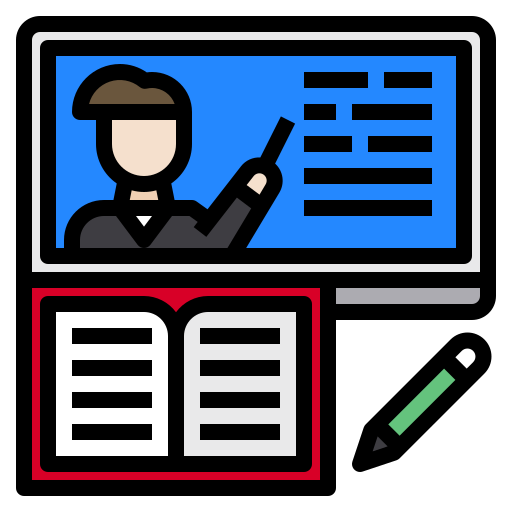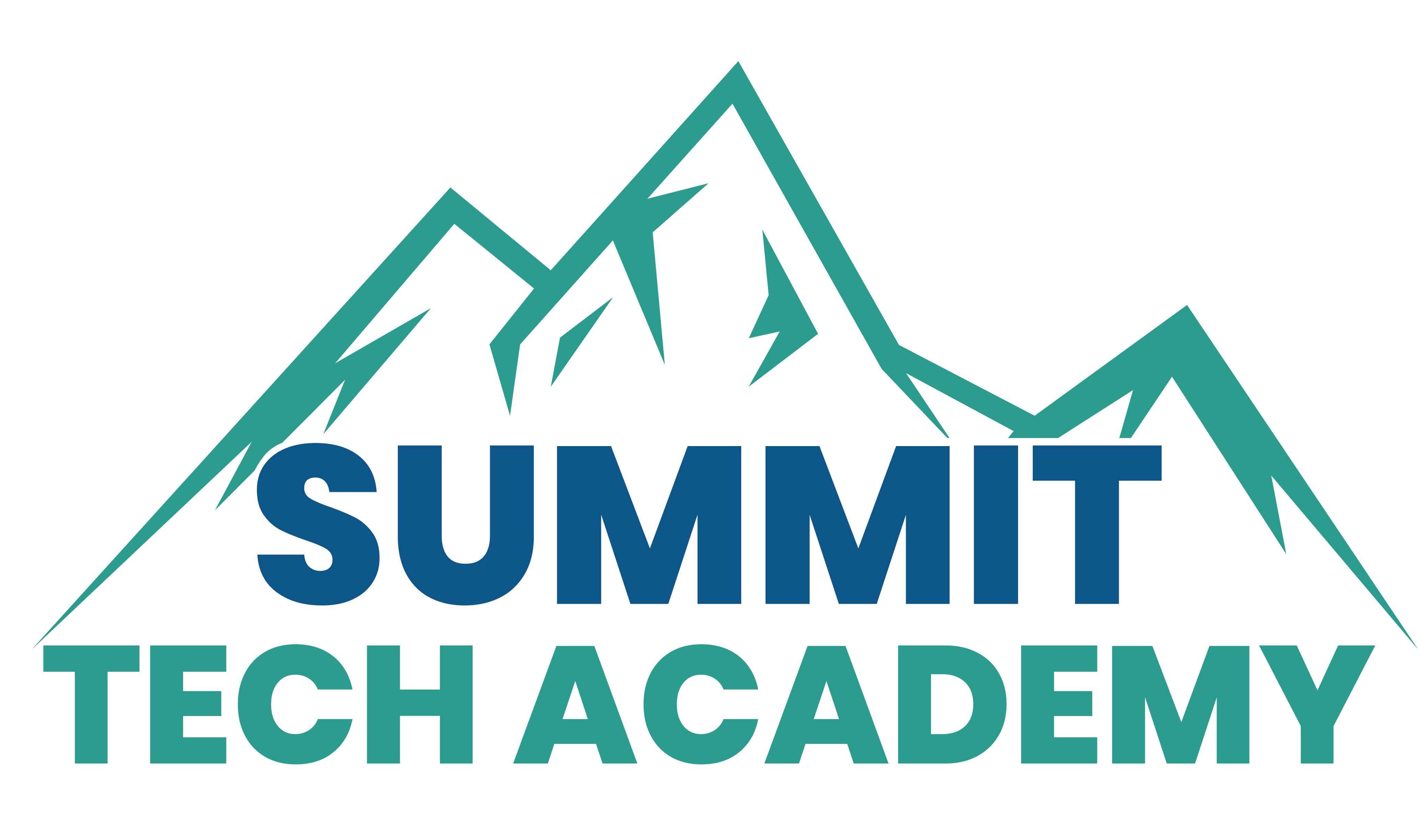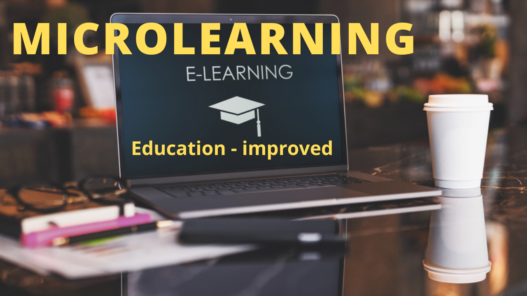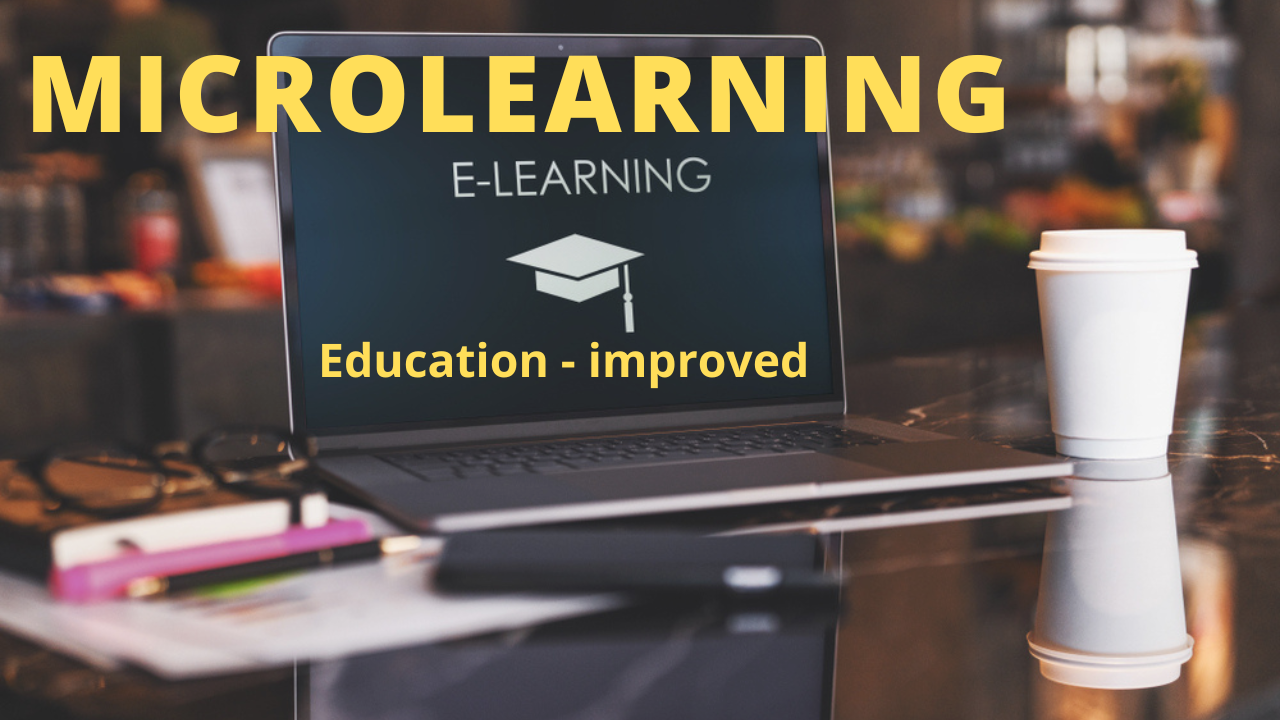Since the advent of formalized education, there have been those suggesting it is outdated and about to radically change.

While changes do occur, can occur, and should occur – it’s also a bit reactionary to jump at each new trend and suggest it will replace all that has gone before. Radio in Education, Cable TV in Education, Multi-media CDs, the Internet, MOOCs, VR, AR, and AI in Education are just a few of the tools and technologies that I’ve heard will absolutely replace the way we educate and learn.
Well… maybe not radio. I wasn’t around when that was first proposed – but I have read plenty of case-studies on radio-education in remote areas of the world.
What has happened is that rather than replace education, these tools have been applied to assist education. In addition to technologies, we have also seen concepts and methods that have had impact – or come and gone.
Learning through YouTube
We’ve also seen changes in the way education has spread outward and is no longer strictly institution based, but is now integrated into the workplace and our personal lives. As a YouTube Creator (Learning and Technology with Frank) my viewers are mostly people from outside of my formal classroom.

YouTube is a great way to learn very specific skills: how to tie a tie, how to use an iPhone, how to fix a dishwasher. It sits outside of traditional education in a valuable, but far less structured way.
Structured Learning
As helpful as YouTube is, it’s also not as structured as good learning can/should be. It doesn’t have the same organization to the material and it depends very much on the specific Creator or Channel that is delivering the content. It is fast and focused.
Traditional education on the other hand is very structured. Hopefully in an adaptable way, but still structured. It is this structure that can sometimes be seen as rigid and outdated – but that is really dependent on the specifics of the classes you are in. It also tends to be a long-term commitment to a course or program.
In Corporate Training, we see the speed of faster courses and (hopefully) the structure of formal education – with a very specific focus to an individual business. This means any training is dependent on the budgets of the company and may be built and delivered without updates once created.
Combining Structure and Speed: Microlearning
To have the best of structure, speed, and applicability – Microlearning has become a buzz-word across traditional education, business education, and personal education.
What is it?

Microlearning
Microlearning refers to a method of delivering content in small, specific, and easily digestible units, often focused on teaching or reinforcing a single objective or skill. Typically leveraging multimedia formats and accessible on various devices, microlearning modules are designed for quick consumption, making them ideal for on-the-go learning and just-in-time training.
Uses of Microlearning
Microlearning is a great and useful tool to support UDL (Universal Design in Learning) initiatives. It also serves to help reduce time-pressure in a classroom, corporate training program, or personal skill development through the use of structured resources that can be consumed any time on any device with a low time investment.
Some examples of how microlearning can be used:
As a time-based tool (along a path of learning):
- Pre-Learning
- Just-in-time Learning
- Post-Learning
- Re-enforcement Learning
As a Learning Support:
- Supplemental/Support
- Challenge/Advancement
The use of small, time-bound, focused microlearning is a way to compartmentalize learning objectives in a way that allows us flexibility (as teachers, trainers, individuals) to have structure and reduced time horizons for delivery/consumption.
Creating Microlearning Courses
We’ve seen tools that can help us create effective and engaging microlearning courses become more common. One of my favourites is iSpring Pages – which I created a video on:
Conclusion
I would encourage everyone to explore the use and creation of microlearning in support of their teaching, training, or learning.
While I firmly do not believe it will replace traditional educational practices – I do believe it has the potential to change it in positive ways.
Do you want a copy of my Course Creation mindmap? Or my 7 Tech Tools for Teaching? Get both by subscribing to my newsletter: Learning and Technology Newsletter



